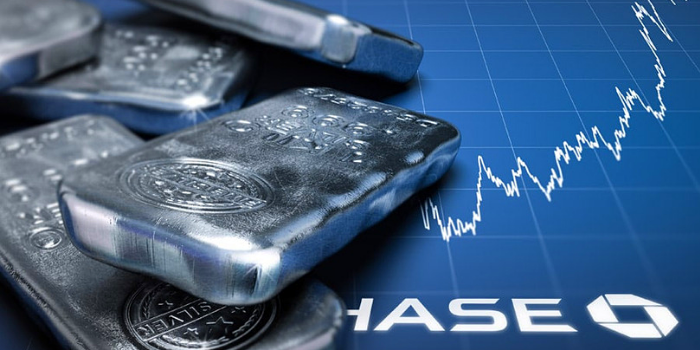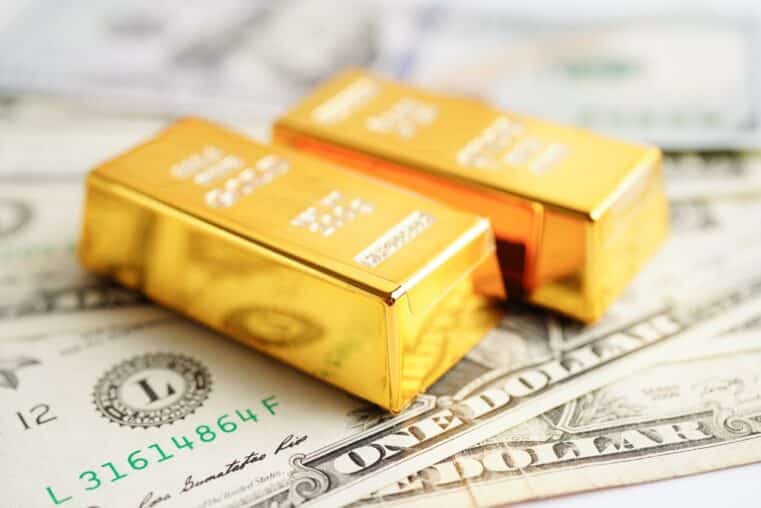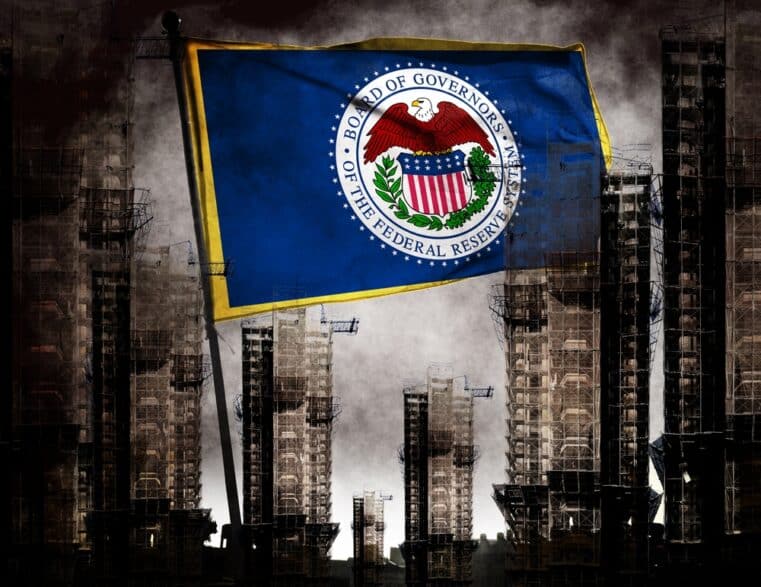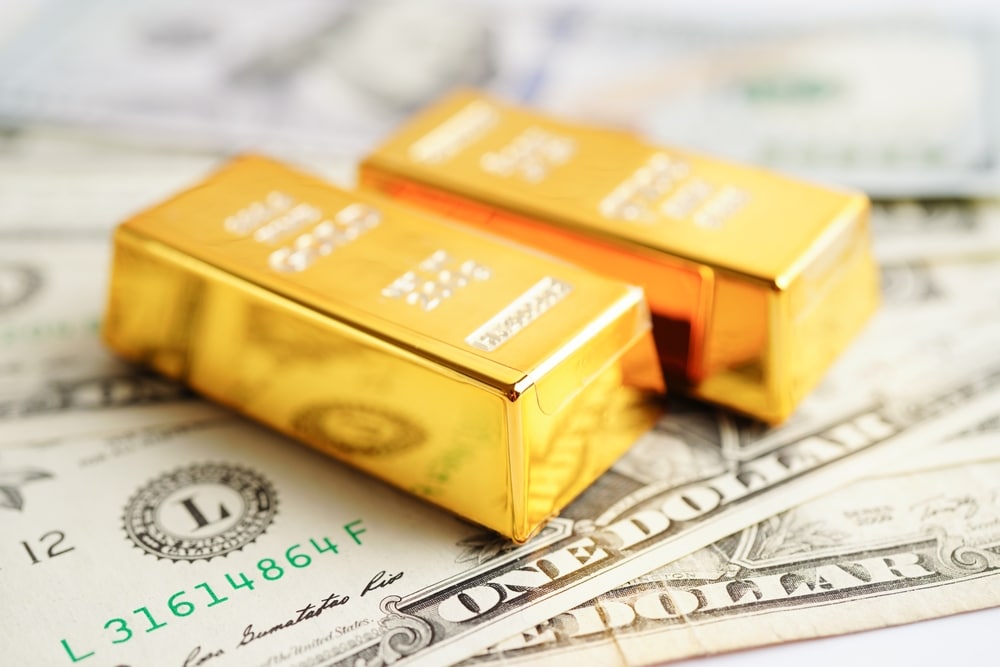
JP Morgan Has Cornered the Silver Market via Manipulation
Silver: an accident waiting to happen.
Two words: Underappreciation and Scarcity.
These words describe with great clarity what’s happening in the silver market right now.
Silver has proven to be one of the fastest and most volatile markets. It has exhibited a historical tendency to rise higher and faster than most assets, and its dramatic plunges also exceed the depth and speed of most others.
This is part of the reason why Nelson Bunker Hunt, the famous silver speculator, called silver “an accident waiting to happen.” Underappreciation is a precondition of surprise. And in the case of silver, extreme price volatility driven by panic buying or selling characterizes the underappreciated status of this often neglected yet highly valuable asset.
But the second part of this phrase also concerns scarcity. The availability of physical silver is growing smaller and smaller as a significant amount of the metal is being allocated to industrial use.
Most investors are aware of silver’s dramatic price movements over the last decades. Yet most investors are unaware of the major force behind those moves...and how such a force may be a key indication that silver will soar well beyond its current levels.
The world’s largest stockpile of privately owned silver--500 million ounces--is owned by one of the world’s largest banks--JPMorgan Chase.
In just five years, JP Morgan Chase has accumulated the largest holding of physical silver in the world. In fact, prior to JP Morgan, there was only one other entity that owned more physical silver--the US government. And that was over a century ago when silver coinage was in common use.
In 2008, the US Treasury and Federal Reserve asked JP Morgan to take over the failing investment bank, Bear Stearns. What many people don’t know is that Bear Stearns held the largest short positions in COMEX gold and silver. Upon taking over Bear Stearns, JP Morgan inherited the role as the metals’ largest short seller.
According to CFTC data, JP Morgan maintained these positions while concentrating its efforts on the silver market. Before long, JP Morgan became a dominant force in silver, able to exert significant influence on silver pricing.
JP Morgan’s resources were so large that they were able to sell nearly unlimited quantities of silver futures even as prices rose, and buying them back as they plunged. As a result, JP Morgan made a profit amounting to hundreds of millions immediately after the Bear Stearns takeover.
The continuous silver market manipulation suppressed prices (as low as $9 per ounce) at a time when the physical supply of silver was drying up--a factor that catapulted silver to the near highs of $50 per ounce.
Caught with a dangerously large short position, JP Morgan sought assistance from the CME to offload some of these shorts--a cooperation that led to the rigging of one of the sharpest sell-offs in history.
During this harrowing process, it dawned upon JP Morgan that investable silver was fundamentally scarce and that the most profitable side to be on for the long term is the long side. And this is when JP Morgan began hoarding silver.
It took 5 years for JP Morgan to accumulate 500 million ounces of silver without driving up prices.
There was not much investable silver available for JP Morgan to purchase. But as a custodian to SLV--the silver ETF--and the largest dealer and warehouse in the COMEX, JP Morgan was in a unique position to acquire all of the new silver produced across the world.
In 2012, JP Morgan took 100 million ounces of silver held for SLV holders and transferred it out of its London warehouse to make room for its own stockpile. JP Morgan also began taking delivery on the massive number of silver futures contracts it owned. On top of this, JP Morgan also became the largest buyer of the US Mint’s Silver Eagles and the Royal Canadian Mint’s Silver Maple Leafs.
JP Morgan’s impressive feat was to inconspicuously “corner” the physical silver market while artificially managing a decline in the COMEX paper market.
By cleverly manipulating markets with short futures positions while acquiring newly produced silver, JP Morgan was able to quietly build its 500 million ounce stockpile.
Sadly, given its own recognition of silver’s value as a safe haven asset, JP Morgan’s subsidiary bank--Chase--during the time of this accumulation had implemented a policy banning its customers to store silver, gold, or even cash in safety deposit boxes--discouraging some of its customers to dispense with the very thing JP Morgan was in the process of hoarding.
JP Morgan has strategically positioned itself to profit from silver’s fundamental scarcity. Now, all it has to do is...absolutely nothing.
A stroke of genius? The perfect crime? Both? We can at least give them credit for identifying and seizing the opportunity to buy silver--an opportunity that would still have gone unnoticed by the majority of investors despite JP Morgan’s clever manipulations.











